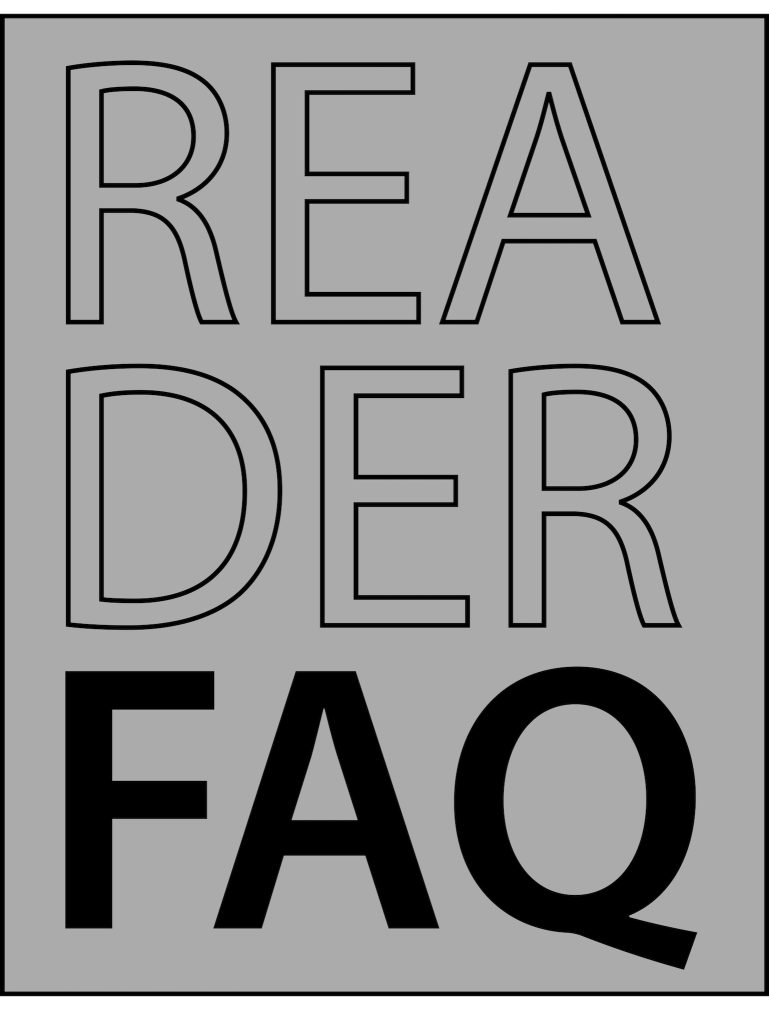The Power of Professional Partnership
In today’s complex business environment, skilled trade organizations face unprecedented challenges in managing their workforce while trying to stay competitive and profitable. The pressing issues of talent acquisition, retention, regulatory compliance, and administrative overhead can overwhelm even the most seasoned business leaders. However, there is a powerful solution that is transforming how successful skilled trade businesses operate: Professional Employer Organizations (PEOs).
Recent studies paint a compelling picture of PEO partnerships’ impact on business success. According to the National Association of Professional Employer Organizations’ 2024 analysis, businesses partnering with PEOs demonstrate remarkable advantages over their peers:
- Growth rates are more than twice as high as comparable businesses.
- Employee turnover rates 12% lower than industry averages
- 50% lower likelihood of going out of business.

These statistics are not just numbers – they represent real businesses achieving tangible success through strategic PEO partnerships. But what makes this model so effective for skilled trade organizations specifically?
Understanding the Advantage of Co-Employment
At its core, a PEO partnership creates a co-employment relationship where the PEO becomes the employer of record while the business maintains day-to-day operational control. This arrangement allows skilled trade organizations to focus on their core competencies – delivering quality work and growing their business – while the PEO handles critical HR functions and compliance requirements.
Tackling the Skilled Trade Talent Crisis
The skilled trades sector faces a particularly acute challenge in finding and retaining qualified workers. Recent industry data shows that 48% of skilled trades owners believe this challenge will only intensify in the coming year. PEOs provide comprehensive solutions to address this crisis:
Enhanced Recruitment Capabilities
- Access to sophisticated applicant tracking systems.
- Broader reach across job boards and recruitment platforms
- Streamlined hiring and onboarding processes.
- Professional screening and qualification verification
Competitive Benefits Packages A key differentiator in today’s tight labor market is the ability to offer comprehensive benefits. PEOs enable smaller skilled trade organizations to provide Fortune 500-level benefits, including:
- Medical, dental, and vision coverage
- 401(k) retirement plans
- Life and disability insurance
- Additional voluntary benefits
- Access to employee assistance programs
Additional Information: The Ultimate Guide: HRIS vs. PEO – Which HR Solution Is Right for Your Business?
The Cost-Efficiency Equation
One of the most compelling aspects of PEO partnerships is their impact on the bottom line. Consider these financial implications:
Administrative Cost Reduction
The average skilled trade business spends $134,888 per year ($2,594 per week) on HR administration tasks. PEO partnerships significantly reduce these costs by:
- Streamlining payroll processing
- Automating HR tasks
- Reducing the need for in-house HR staff
- Providing economies of scale in benefits administration
Risk Management and Compliance
In the skilled trades industry, regulatory compliance and risk management are particularly critical. PEOs provide:
- Workers’ compensation coverage and claims management
- Safety program development and implementation
- OSHA compliance assistance
- Employment practices liability insurance
- Ongoing regulatory updates and guidance
Scalability for Growth
One of the most valuable advantages of PEO partnerships is their ability to scale with your business. As your skilled trade organization grows, your PEO partner can seamlessly adapt to support your evolving needs:
Flexible Workforce Management
- Easy addition of new employees across multiple locations
- Consistent HR policies and procedures across operations
- Simplified multi-state compliance.
- Scalable benefits administration
Technology Integration
Modern PEOs provide access to state-of-the-art HR technology platforms that would be cost-prohibitive for many skilled trade organizations to implement independently:
- Employee self-service portals
- Mobile time and attendance tracking
- Digital document management
- Integrated payroll and benefits administration
- Performance management tools
Additional Information: Venture Capitalists Benefit by Bundling Startups In a PEO
The Human Factor
Employee Engagement and Retention
Beyond the operational efficiencies, PEO partnerships significantly impact employee satisfaction and retention. Research shows that PEO clients experience:
Enhanced Employee Experience
- Professional HR support for employee issues
- Clear policies and procedures
- Consistent communication
- Career development opportunities
- Regular performance feedback
Improved Retention Strategies
With turnover costing skilled trade organizations significantly in terms of both time and money, PEOs help implement effective retention strategies:
- Competitive compensation benchmarking
- Regular employee engagement surveys
- Recognition programs
- Professional development opportunities
- Career Advancement Pathways
Making the Transition: Implementation and ROI
The decision to partner with a PEO represents a strategic shift in how your organization manages its workforce. The implementation process typically includes:
Initial Assessment
- Current HR costs and processes evaluation
- Compliance review
- Benefits analysis
- Technology needs assessment
Transition Planning
- Timeline development
- Communication strategy
- Employee orientation
- Systems integration
The Business Case for Change
When evaluating the ROI of a PEO partnership, consider these key metrics:
Direct Cost Savings
- Reduced administrative overhead.
- Lower insurance costs through group purchasing power.
- Decreased compliance risk exposure.
- Efficient resource allocation
Indirect Benefits
- Improved employee productivity
- Enhanced recruitment capabilities
- Better workforce retention
- Reduced legal exposure.
- Increased focus on core business activities
Unlocking Employee Satisfaction and Budget Savings with PEO Partnerships
Looking Ahead: Future-Proofing Your Organization
As the skilled trades industry continues to evolve, PEO partnerships offer a strategic advantage in staying ahead of emerging challenges:
Technological Advancement
- Access to innovative HR technology
- Regular platform updates and improvements
- Integration capabilities with industry-specific tools
Regulatory Compliance
- Proactive compliance monitoring
- Regular policy updates
- Expert guidance on emerging regulations
Workforce Development
- Training and development programs
- Succession planning support.
- Leadership development resources
Conclusion: The Strategic Imperative
For skilled trade organizations looking to thrive in today’s competitive landscape, PEO partnerships offer a compelling solution. The combination of cost savings, risk reduction, enhanced employee benefits, and operational efficiency creates a strong business case for co-employment relationships.
The data is clear: organizations that partner with PEOs grow faster, retain employees better, and demonstrate greater resilience than their peers. In an industry where finding and keeping skilled workers is increasingly challenging, these advantages can mean the difference between thriving and merely surviving.
Consider this not just as an operational decision, but as a strategic investment in your organization’s future. The question is not whether you can afford to partner with a PEO – it is whether you can afford not to.
For skilled trade organizations ready to transform their approach to workforce management, PEO partnerships offer a proven path to enhanced performance, reduced risk, and sustainable growth. The time to act is now.

- What is the typical cost structure of PEO services for skilled trade organizations, and how long does it take to achieve positive ROI? PEO services typically cost between 3-7% of gross payroll, with the exact percentage varying based on several factors including company size, industry risk level, and specific services needed. For skilled trade organizations, the cost often falls on the higher end of this range due to increased complexity in areas like workers’ compensation and safety compliance. However, the ROI timeline is relatively quick – most organizations see positive returns within 6-9 months. This quick return stems from immediate cost reductions in areas like insurance premiums (typically 10-15% lower through PEO group rates) and administrative overhead (around 30% reduction in HR-related administrative costs).
- What specific challenges might my organization face during the transition to a PEO, and how long does the implementation process typically take? The implementation process typically takes 4-6 weeks, though this can vary based on organization size and complexity. The main challenges organizations face during transition include data migration issues (especially if moving from paper-based systems), employee resistance to new technology platforms, and initial workflow disruptions as staff adjust to new processes. Some specific challenges unique to skilled trade organizations include integrating existing time-tracking systems with PEO platforms, transitioning ongoing workers’ compensation claims, and maintaining compliance documentation during the changeover period. Organizations should expect about 90 days for full stabilization after implementation.
- How exactly can PEOs offer comprehensive benefits packages at rates that are affordable for smaller skilled trade organizations, and what are the typical cost savings compared to securing these benefits independently? PEOs can offer competitive benefits through a combination of economies of scale and risk pooling. By aggregating thousands of employees across multiple companies, PEOs gain significant negotiating power with insurance providers. For example, a PEO representing 50,000 employees across hundreds of companies can negotiate rates similar to a large corporation, even though individual member companies might have only 20-50 employees each. Typical cost savings compared to independent benefits procurement range from 20-40%. For a specific example, a skilled trade organization with 25 employees might pay $800-1,000 per employee per month for comprehensive health coverage independently, but through a PEO, this could drop to $600-800 per employee per month while actually improving coverage levels. The cost savings extend beyond just the raw insurance premiums. PEOs also reduce the administrative burden of benefits management, which typically costs small organizations 8-10 hours per employee per year in administrative time. By outsourcing this administration, organizations can redirect these resources to core business activities. Additionally, PEOs handle the increasingly complex compliance requirements associated with benefits administration, reducing legal exposure and potential penalties.








